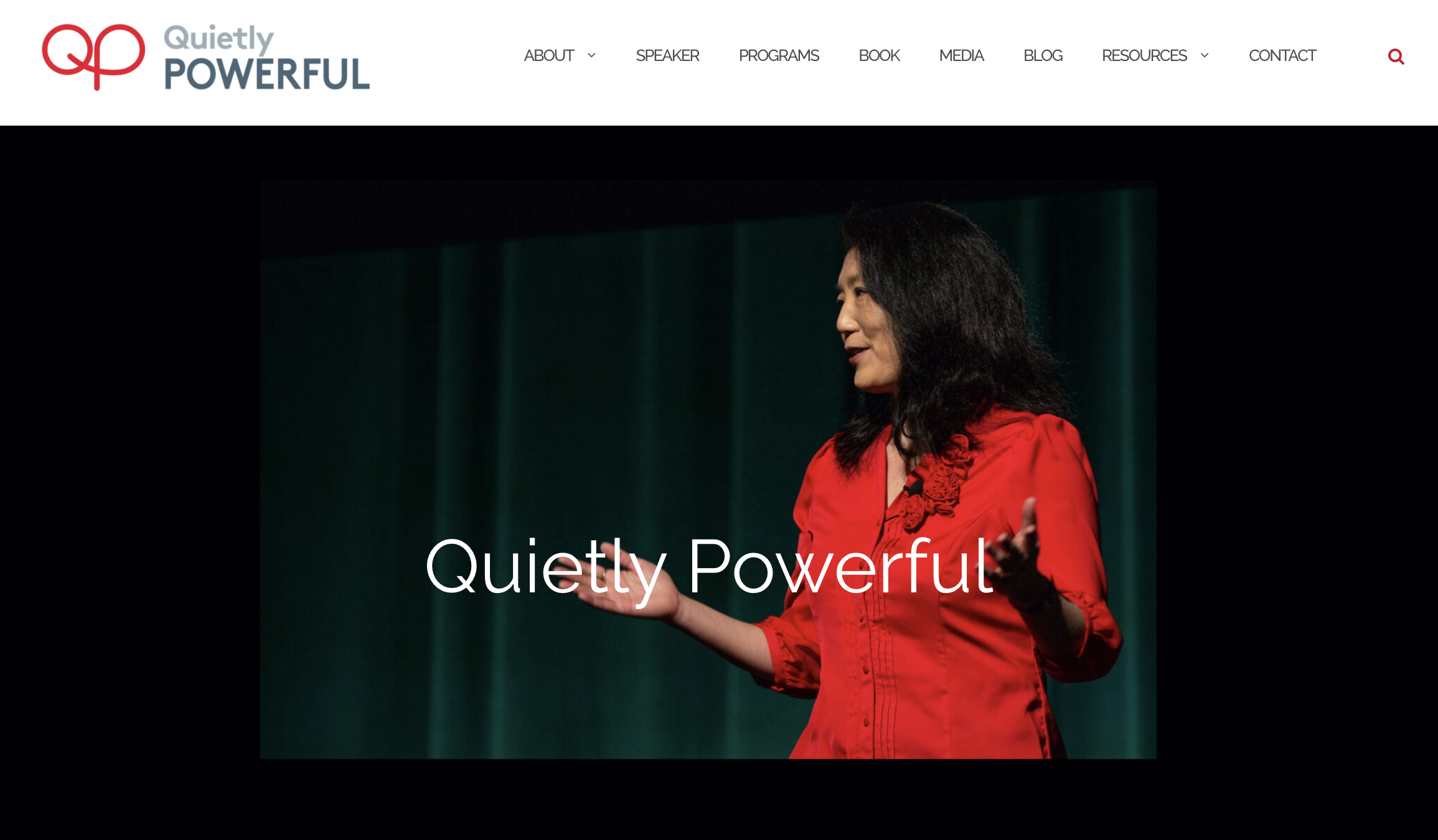My Blog
Stop putting introverts in a box
- Details
- Posted: 08 May 2017
One of the frustrating things about being more introverted is that you get put into an ‘introvert’ box. Introverts are regularly stereotyped as:
- Being shy
- Anti-social
- Not confident
- Analytical and detailed focus
- Organised and structured
- Not good with people/groups of people
- Not good at networking
- Not charismatic
- Not very talkative
- Softly spoken
- Book worms
Firstly, not all introverts have all these qualities. There are confident, charismatic, totally chaotic and disorganised introverts! They may show these qualities differently or may be using learned behaviours. Introversion is primarily about getting energy from the inside. Other qualities, preferences, behaviours and skills can vary from introvert to introvert.
Secondly, none of us are 100% introvert or extrovert. We have a mix of qualities and how we express them can depend on the situation and environment. I know many introverts who are very chatty when they are talking about their favourite topic.
Thirdly, we are all able to develop skills and learned behaviours. Some of the best performers (actors, comedians, presenters etc.) have introvert natures. With purpose, intent and practice, we can learn skills and behaviours. And… introverts are not the only people who need to learn skills!
Putting people into boxes, stereotyping them, is the easiest thing to do as the brain uses short cuts without any effort to understand fully. However, human being are so complex, we just don’t fit into boxes (see Christmas presents fit into boxes, people don’t).
The problem with this stereotyping in the workplace is that we miss seeing the real potential in people – in this case, the more introverted people. One of the well-known cognitive biases called confirmation bias point to how we see what fits our beliefs and miss things that don’t fit. In other words, objectivity is very difficult (see Remembering that your mind can be easily tricked).
Let’s say you meet Rachel and see some introvert qualities, for example, softly spoken and thoughtful, and you assume that she is shy and not confident. Then our confirmation bias will kick in and cause you to only see Rachel’s behaviours that confirm that assumption. You see that she doesn’t speak up much in meetings. You see her sitting at her desk and not talking to her colleagues. She may be confident – perhaps she demonstrates it in a different way or in certain situations (see Appearing confident’ is over-rated) – but you filter it out. You hear about a great presentation she did but you dismiss it as you didn’t see it yourself. She may be very friendly with her colleagues, but you just happened to see her when she’s focused on desk work.
You then start discussing whether Rachel or her peers should be considered for promotion. Because of your biases, you believe she is not ready for promotion. You tell her that she needs to “be more confident.” (see Don’t tell me to ‘be more confident’)
If you’re lucky, you may have the opportunity to learn about your fixed vs growth mindsets (see Mindsets, Dr Carol Dweck) or cognitive biases (see List of cognitive biases, Wikipedia) and finally see different sides to Rachel. You realise you’ve made some incorrect assumptions.
In many cases, unfortunately, you will become quite wedded to your assessment of Rachel based on assumptions and stereotypes. Worse still, you may treat her based on this assessment and keep telling her to speak up more, be more confident, talk to colleagues. Rachel may start feeling less confident as you keep criticising based on what you see, without much acknowledgements of Rachel’s full capabilities.
As proposed by Stephen Covey’s See-Do-Get model (see Attitude is everything, Franklin Covey), because of your assumptions (see), you will interact with Rachel based on your assumptions (do) and the result will be that Rachel will be affected by how you behave and will more likely respond in ways that confirms your beliefs (get).
I wonder how much of this is going on in organisations, holding talented people back from contributing their best?
If you feel your organisation may have quieter talent who are hidden and under-utilised, do get in touch to explore how you could identify and harness them.
Quietly Powerful is going global! The first ever global webinar will be held on 7th June at 6pm Australian Eastern Standard Time (9am UK time, mid-morning in Europe, 8pm in New Zealand, 4pm in Perth). Quieter men, women, not-so-quiet managers/colleagues of quieter men/women are welcome to join to understand what it’s all about. Spots are limited to 200 and it’s filling up fast. Quietly Powerful Women (QPW) movement aims to help quieter women to succeed authentically (see The Double Glazed Glass Ceiling), with the bigger aim of helping us to redefine what good leadership looks like.
Related articles:
Do you have to be an extrovert to get ahead?
Introversion is not a disorder and femininity does not equal weak
Bias towards style over substance is keeping your real talent hidden
How organisations and leaders crush diverse talent without realising


